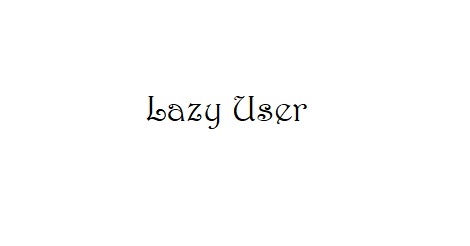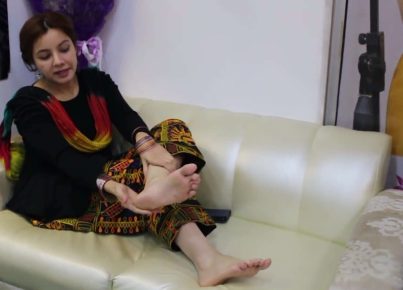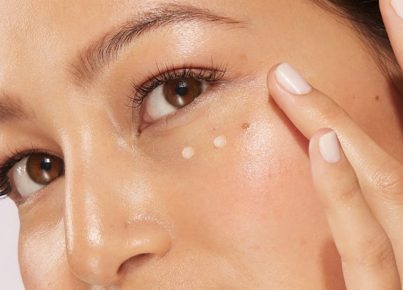Find Essentials to Fashion Show Stage Design for Maximum Impact:
In the event that the catwalk is your material, the essentials of stage configuration—lighting, design, and backgrounds—are your range. Utilize these components to communicate your inventiveness and plan a genuinely attractive design show stage.
Simply recollect that while configuration sets the stage, it shouldn’t get everyone’s attention. The ideal stage configuration supports and grandstands the planner’s garments and the general vibe they need to impart to their crowd.
1. Lighting for style shows
Lighting makes a temperament, adds visual interest, and permits the crowd to see everything about the apparel assortments. Most importantly, you need a lighting plan that doesn’t change the tones or tones of the garments face to face, on livestream, and in photographs or recordings. Two top tips are to discover a lighting organization that has insight with style shows, and source a setting with sufficient vertical space for great lighting plan.
When you have the shading exactness made certain about, it’s an ideal opportunity to play with light. To exploit shaded gels (without unintentionally turning a red dress mauve!) use gels behind the models, not in front. You can likewise effectively acquire shading with LED uplighting on the settings or boards at the rear of the stage.
Make better style show plans with simple charting
Begin Free
2. Stage format for style shows
The exemplary style show stage configuration is mainstream in light of current circumstances. A long, straight runway’s height and length consolidates with layered seating along the edges to give phenomenal permeability to a greatest level of the crowd.
The runway with a T toward the end is a famous variety that allows the fashioner to arrange a few models, showing a greater amount of the assortment on the double. (In the event that the originator is keen on this choice, watch that the model spending will allow such countless models to be out front on the double—and not behind the stage changing into the following look.)
Be that as it may, there’s a lot of space to improve. Once in a while need is the mother of innovation: A wide gallery passage may give a dazzling setting and a lot of lengths, yet insufficient width for lines and lines of seats. Don’t sweat it! Line the runway with only two lines of seats, one line of seats with a standing column behind them, or just a solitary line of seats on one or the other side.
Furthermore, once in a while, plausibility is the mother of innovation. In the event that you have sourced a shopping center chamber for the show, join the lifts. (Louis Vuitton utilized illustrations on the elevators too in his Paris Fashion Week Spring 2013 show.) Models can skim down, walk the runway, and posture as they coast back up.
In the event that you have a lot of width in your setting, think about a X-formed stage. Keep the model movement genuinely basic and practice it cautiously with the goal that crowds on the two sides of the “X” get a decent view and the dramatic stream is smooth.
Or on the other hand go considerably further fresh: At NYFW Spring/Summer 2020, Tom Ford’s show utilized an unwanted metro station. Maryam Nassir Zadeh’s show occurred on a tennis court in a recreation center on the Lower East Side.
To get a feeling of how the stage plan and seating alternatives associate with the space, invest energy utilizing a format configuration device like Social Tables. It’s free, and you’ll see what the scene would resemble with however many designs and seating alternatives as you can conceptualize!
3. Backgrounds for style shows
The essential capacity of a style show’s background isn’t normally to give visual interest—it’s to keep interruptions from the dress plans. Ensure the behind the stage see is obstructed from wherever in the crowd, or the models in the wings and the happenings in the background make certain to draw eyeballs from the high fashion. (Or then again you could accept that reality, as Tomo Koizumi at NYFW Spring 2020. Koizumi included just one model, and dressers encouraged her change her intense looks before the crowd.)
The fundamental alternatives in settings are curtains or level boards: One in the middle and one on each side. With the focused wrap or board before the flanking two, models can enter from either the left or the privilege of focus. On a 6-foot or 8-foot wide runway, exploit the balance by having two models enter from one or the other side and walk together. However, with the focused wrap or board behind the flanking two, all models enter through the equivalent “entryway”… yet its width is up to you!
Somewhat bigger shows may utilize enormous screens before the flanking boards—80-inch screens or walloping 16-foot by 9-foot projector screens—to appear close film. Position your cameras and screens for best permeability. With 3D occasion graphing programming, you can significantly increase check sightlines all through the occasion space from your office and offer the advancing plan to your customer.
Obviously, there’s consistently a trend-setter prepared to destroy any style show rule. At the Fall 2019 New York Fashion Week, that was Rodarte, whose show highlighted just photos before a sly scenery and flower components. Rodarte’s ‘show’ was a lookbook that gave everybody a fantastic view.







You must be logged in to post a comment.